WELCOME TO AMS DESIGN & CONSULTANCY
Let the Fire Safety On. Because you deserve to live safe.
Who we are
AMS DESIGN & CONSULTANCY is an innovation company dedicated and specialized in providing company solutions to all Fire, Electrical & Structural safety-related issues. We are engaged in Training, Product Support, and designing activities. We are one of the most reliable Fire Protection Consultancy firm in the country for industrial, commercial and residential building detailed safety assessments, all kinds of Fire Fighting Design Drawing, all kinds of firefighting equipment’s supplier and supervision. We have a history of delivering valuable services and support to the customers through engineering expertise, efficient operations, and quality systems. We have demonstrated our ability to handle projects successfully in the domain of Manufacturing and other sectors Flexibility to adapt to varying needs of the customers coupled with the extensive knowledge of the industry has ensured delivery consistently.
Over the years, AMS DESIGN & CONSULTANCY has provided its Clients products which are Import Substitutes as well as customized products developed indigenously. The products have been certified for quality, functionality, and acceptability by the Regulatory Authorities of the Bangladesh Government.
We believe in investing in its infrastructure and newer technologies from time to time.
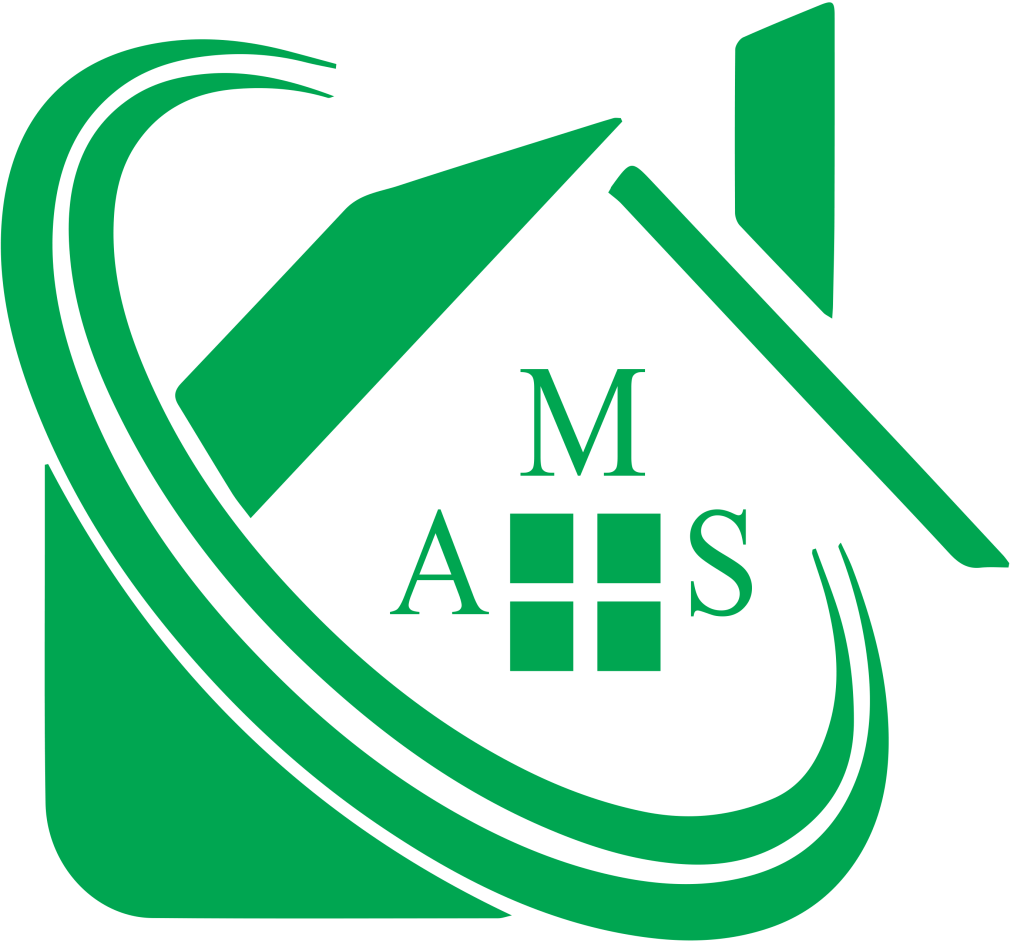
Consultancy Services
Things we can do for you
01
CONSULTANCY SERVICES
01
- Fire Protection Systems
- Fire Detection & Alarm Systems
- Fire Safety Plan
- Evacuation & Machine Layout Plan
- Architectural & Structural Design
- Detail Engineering Assessment (DEA)
- Lighting Protection Systems(LPS)
- Single Line Diagram(SLD)
02
Design-Drawings
02
- Fire Protection Systems
- Fire Detection & Alarm Systems
- Fire Safety Plan
- Evacuation & Machine Layout Plan
- Architectural & Structural Design
- Detail Engineering Assessment (DEA)
- Lighting Protection Systems(LPS)
- Single Line Diagram(SLD)
04
Supervision
04
- Fire Protection Systems
- Fire Detection & Alarm Systems
- Fire Safety Plan
- Evacuation & Machine Layout Plan
- Architectural & Structural Design
- Detail Engineering Assessment (DEA)
- Lighting Protection Systems(LPS)
- Single Line Diagram(SLD)
05
Supply & Installation
05
Supply& Installation
06
Maintenance & Service Contract
06
Maintenance & Service Contract
07
Testing & Commissioning
07
Testing &Commissioning
08
P.A. System
08
P.A. System
09
CCTV System
09
CCTV System
OUR CLIENTS
Who are taking our services

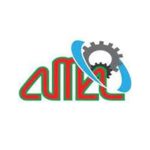


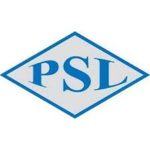
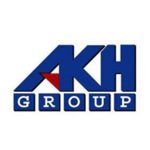
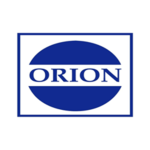
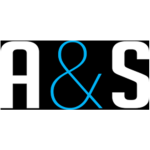
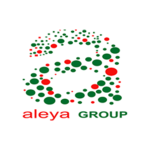
PRODUCTS
Things we provide according to your needs

Fire Alarm & Detection
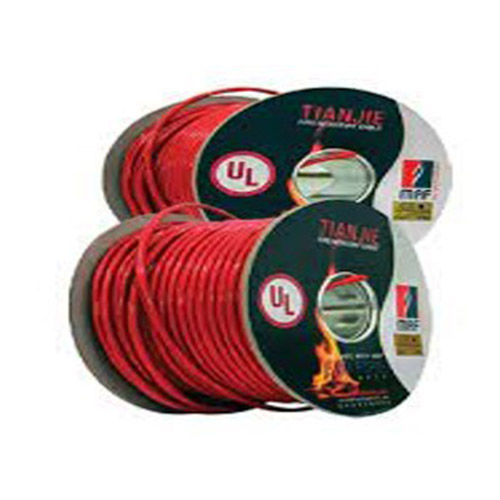
Fire Alarm Cable
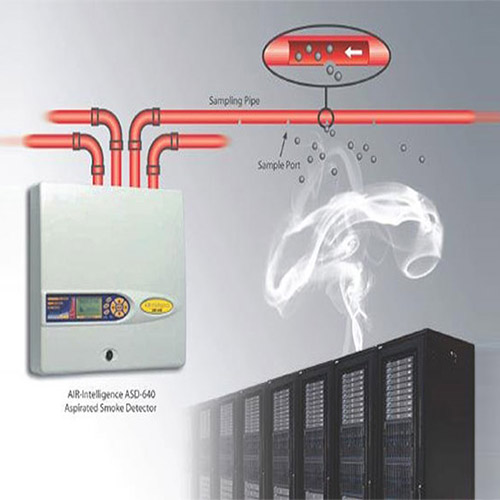
Fire Aspiration System

Fire Pump
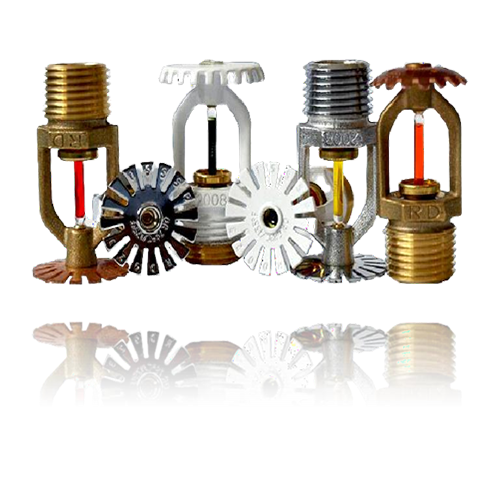
Fire Sprinkler System
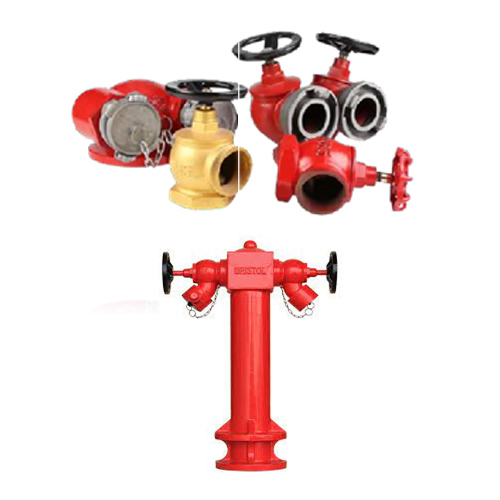
Fire Hydrant/Standpipe System

Fire Door & Accessories

PAVA System
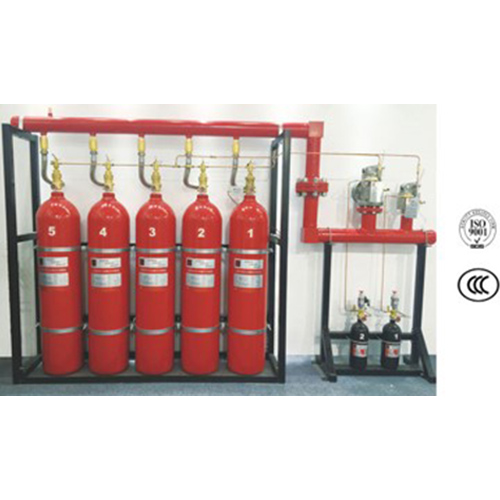
FM-200 Fire Suppression System
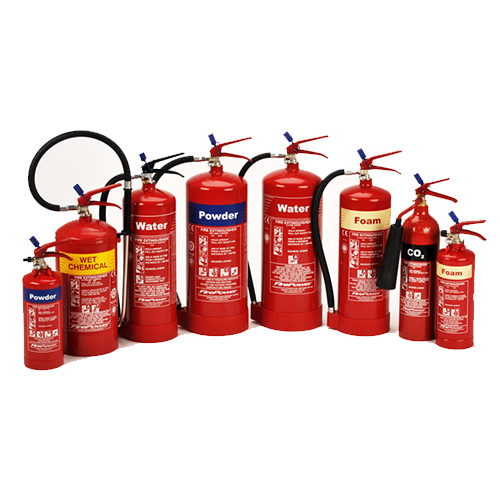
Fire Extinguishers
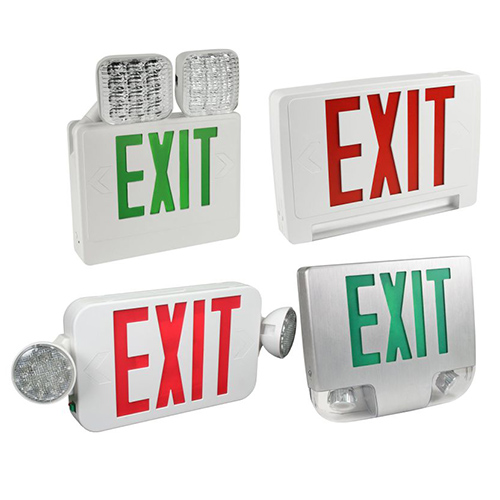
Exit & Emergency Light
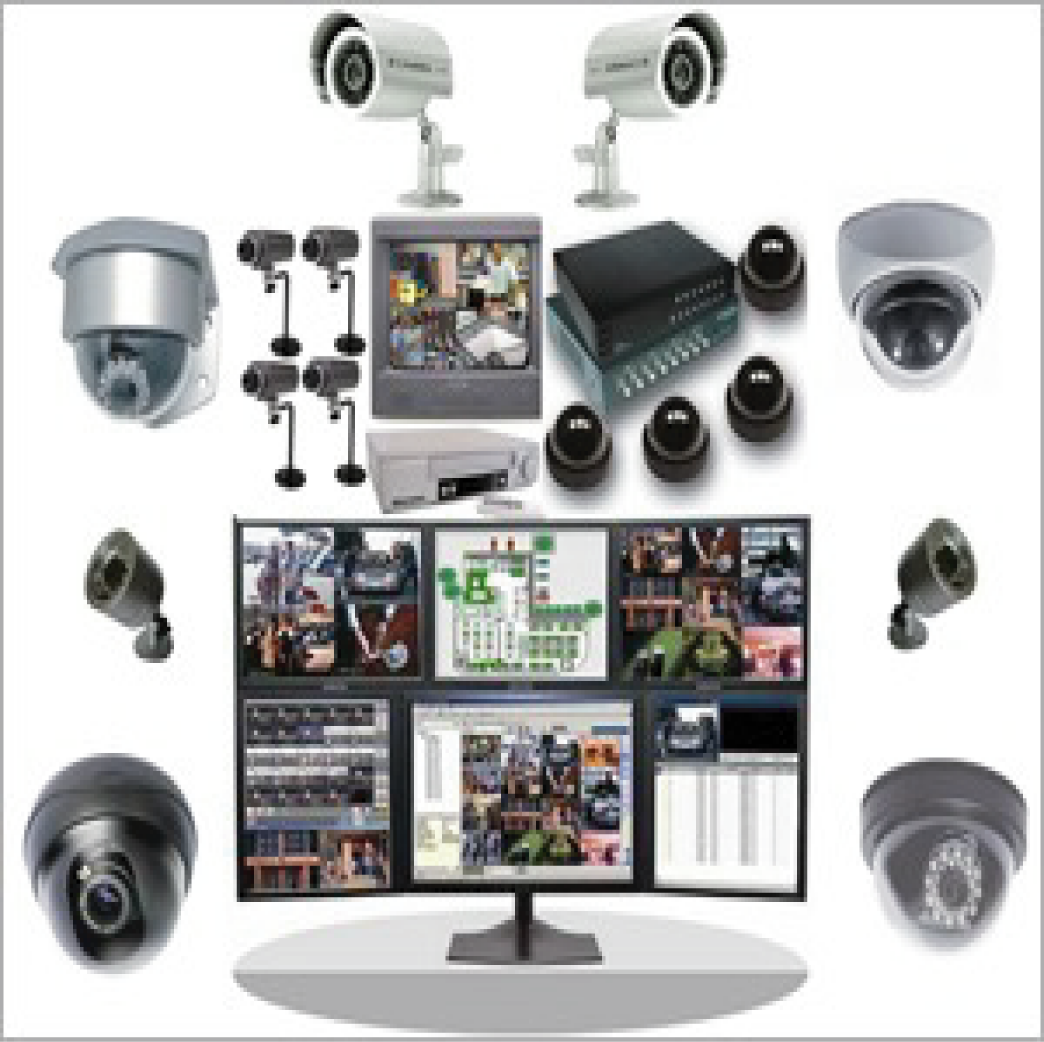
CC TV System
We Look Forward To Keeping You Safe
We are technology driven company at our core with an overriding commitment to quality and our primary measures of success are customers’ satisfaction and shareholders value. Continual improvement of “ products, services and people” will be the norm in our business.
BRANDS
Brands which are collaborating with us




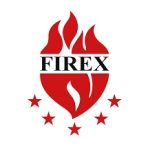

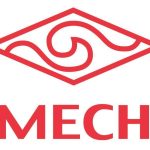
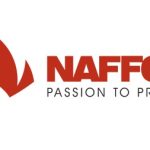

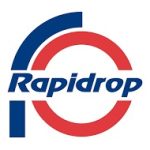
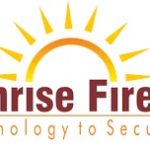
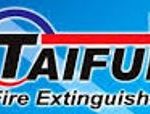
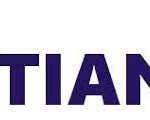
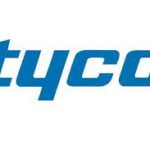
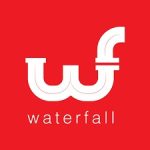
![ams headline [Converted]](https://amsdesign-consultancy.com/wp-content/uploads/2022/08/ams-headline-Converted-1024x89.png)